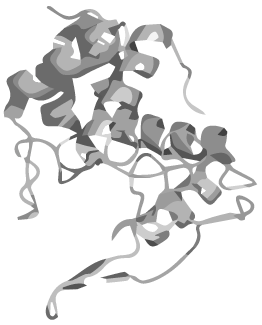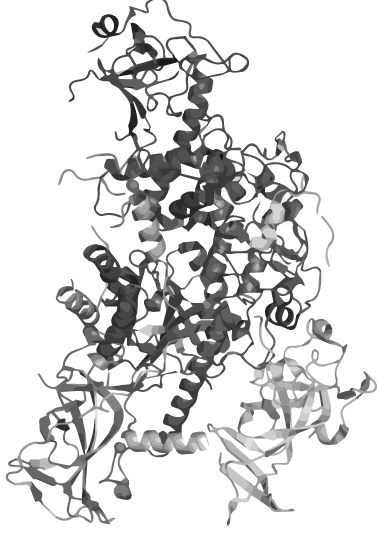Team:Heidelberg/Project
From 2014.igem.org
 Abstract
Abstract
Proteins are the functional basis of all biological processes ...
Given these attractive features of circular proteins, methods to circularize otherwise linear proteins have been devised, one of which is based on autocatalytic protein domains called inteins. We have applied the principle of circular peptides to synthetic biology by introducing a BioBrick-based, standardised method for circularizing any protein using inteins.
Synthetically connecting a protein's termini without disrupting its 3D structure and function is, however, a delicate task which has so far been accomplished only for relatively small proteins whose ends lie close to each other. We therefore saw the need for a comprehensive software that predicts the process of circularization. With CRAUT we have brought into existence a powerful open-source software to predict an optimal linker to support circularization of a protein preserving its 3D structure and function.
Due to our lack of calculating power we deployed this software on the distributed computing platform BOINC in an initiative we call iGEM@home.
Based on our software predictions, we constructed linkers to circularize the 871 a.a. long methyltransferase Dnmt1 and provide data suggesting that circular DNMT1 is more functional than its linear counterpart at high temperatures. Our results have strong implications for developing an innovative PCR-based technique that could revolutionize epigenetic studies and cancer research by maintaining the methylation pattern of the DNA template during amplification.
Eventually, inteins can be used to post-translationally modify any protein in a multitude of ways going far beyond circularization. We therefore created a BioBrick-based intein toolbox to allow for easy and standardised protein manipulation. We think that our toolbox will be invaluable to many systems biology projects aimed at dissecting or re-engineering the function of cellular networks.
 "
"






